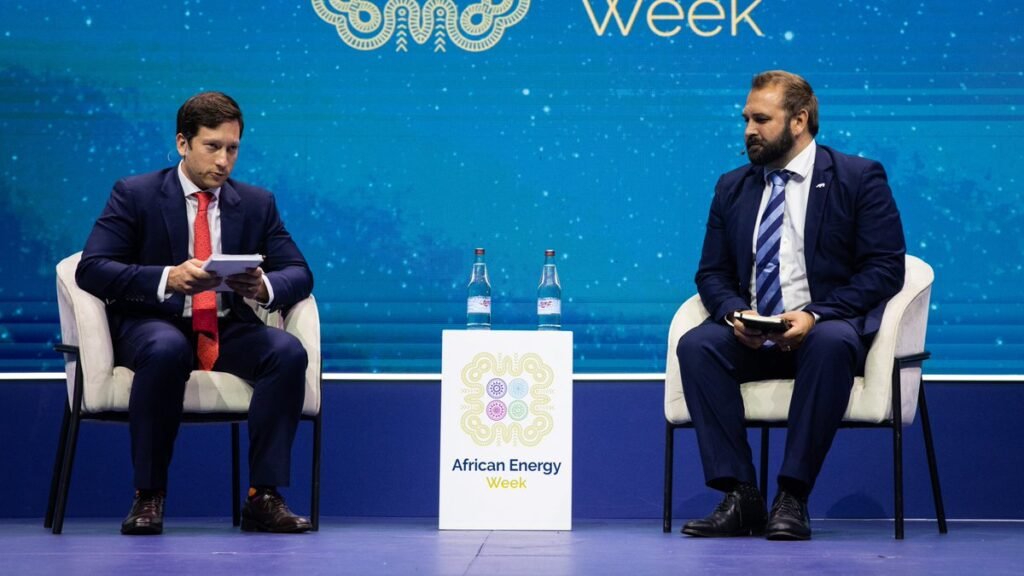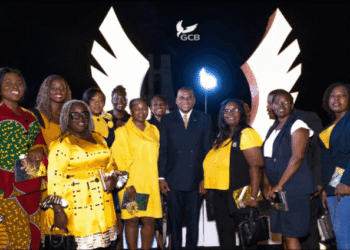Independent oil and gas operators in Namibia’s Orange Basin are ramping up exploration efforts, signaling what industry leaders describe as a defining moment for one of Africa’s most promising frontiers.
At a high-level roundtable during African Energy Week (AEW): Invest in African Energies 2025 in Cape Town, executives from leading independents and service providers shared insights into their ongoing campaigns and collaborative approach to unlocking Namibia’s hydrocarbon potential.
The consensus among participants was clear, smaller players are now at the forefront of exploration in the Orange sub-Basin, bringing innovation, agility, and strategic partnerships to a region fast emerging as a key pillar of Africa’s upstream growth story.
Travis Smithard, CEO of Rhino Resources said, “Balancing vision with determination and resilience while mitigating risk” has been central to this success, one of the most active exploration companies in the Orange Basin.
“It also comes down to how you partner with service companies and making sure you’re high grading your portfolio and technical capability as a small player.”
Travis Smithard, CEO of Rhino Resources

Smithard emphasized that collaboration would determine the basin’s long-term success.
“It’s about partnership. We need to make sure there is an industry focus to move from exploration to development.”
Travis Smithard, CEO of Rhino Resources
Rhino Resources has been at the heart of Namibia’s exploration surge, with a string of significant discoveries in 2025.
These include the Sagittarius-1X and Capricornus-1X wells, both of which confirmed the basin’s deepwater potential.
The company recently announced a new discovery at the Voltans-1X well on October 1, reinforcing the growing confidence in the basin’s prospectivity.
Namibia’s Exploration Momentum

For other independents, Namibia’s Orange Basin represents a once-in-a-generation opportunity. Mason Granger, CEO and Director of Oregen Energy Corporation, said the country’s evolving regulatory environment and geological promise are opening doors for smaller operators.
“There are still highly attractive opportunities in the country, and we are actively looking at additional prospects.
“We’re trying, depending on the availability of capital to have a portfolio of exploration prospects that are all exciting in their own right.”
Mason Granger, CEO and Director of Oregen Energy Corporation
Oregen has strengthened its footprint by increasing its stake in WestOil Limited to 48.5%, giving it a 33.95% indirect working interest in Block 2712A.
The company views Namibia’s Orange Basin as a “seismic prize” that continues to attract global attention for its untapped reserves and favourable investment conditions.
Toronto-based Sintana Energy is also positioning itself strategically, holding interests in five offshore assets and one onshore block across three Namibian basins.
Its partners recently secured a 12-month extension on Block PEL 79, pushing the license to July 2026. The block’s proximity to Rhino’s Capricornus-1X discovery further boosts its geological appeal.
At PEL 87, Sintana is seeking a farm-in partner to finance upcoming drilling, leveraging 6,593 km² of high-quality 2D seismic data to reduce exploration risk.
“We are continuously assessing opportunities to get to first oil.
“What attracted us to Namibia was the accelerated activity and the opportunity to step into a strong portfolio of licenses. We have a job to do as a small company in Namibia.”
Robert Bose, CEO and Board Member of Sintana Energy
Frontier Energy Expansion

The momentum has also drawn in larger independents like Azule Energy, Angola’s biggest equity producer of oil and gas.
The company entered Namibia in December 2024 by farming into PEL 85, marking its first venture outside Angola. The move coincided with Rhino Resources spudding the block’s first wildcat well, a significant step for both companies and for regional collaboration.
Giovanni Aquilina, Exploration Director at Azule Energy, said the decision reflected a strategic shift towards diversifying the company’s exploration base. “What attracted us to the Orange Basin was the geological opportunity and similarity to the Angolan deepwater system,” he explained.
“While Angola is more mature on the infrastructure and regulatory side, Namibia is extremely rich.
“We believe Namibia is not a challenge but an invitation for us to work together to build the industry from the ground up.”
Giovanni Aquilina, Exploration Director at Azule Energy
Supporting these exploration efforts is TGS, a global geoscience data and analytics firm that continues to serve as a cornerstone of Namibia’s upstream development.
The company has built a vast seismic database covering over 50,000 line-kilometers of multi-client 2D data and more than 97,500 km of regional coverage, enabling operators to better understand basin-wide structures and de-risk investment decisions.
James Gara, Business Development Manager for Africa, the Mediterranean and the Middle East at TGS, stressed the importance of integrated data for success in frontier markets.
“Having an integrated data library like we do allows you to interpret the map on a basin scale.
“Integrated datasets are more robust, especially when they have been correlated against existing well data. This provides more confidence for regional exploration.”
James Gara, Business Development Manager for Africa, the Mediterranean and the Middle East at TGS
The flurry of activity in the Orange Basin signals a pivotal phase for Namibia, as independent explorers lay the groundwork for the country’s first oil production.
With collaboration, data-driven exploration, and a supportive regulatory framework, analysts believe Namibia could soon join the ranks of Africa’s leading petroleum producers.
READ ALSO: Market Cheers as Ghana’s Treasury Auction Breaks Four-Week Drought with 15.8% Oversubscription



















